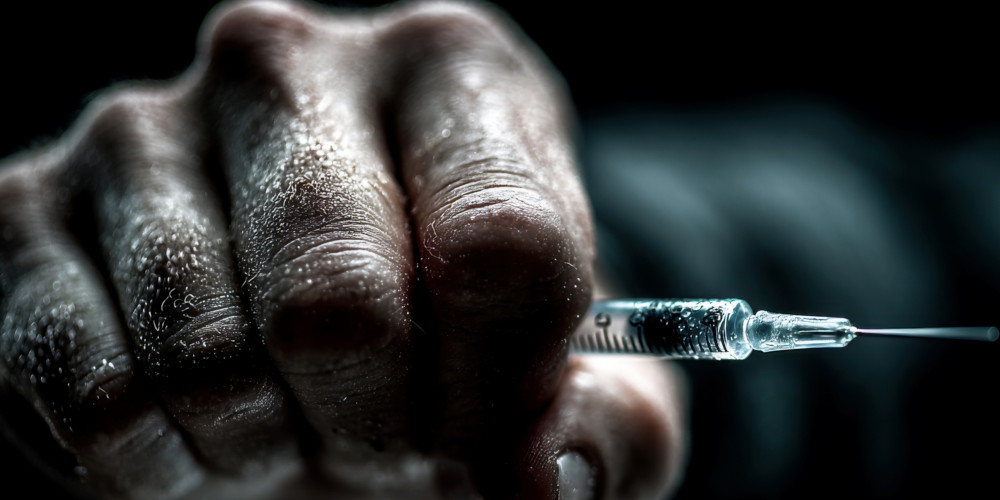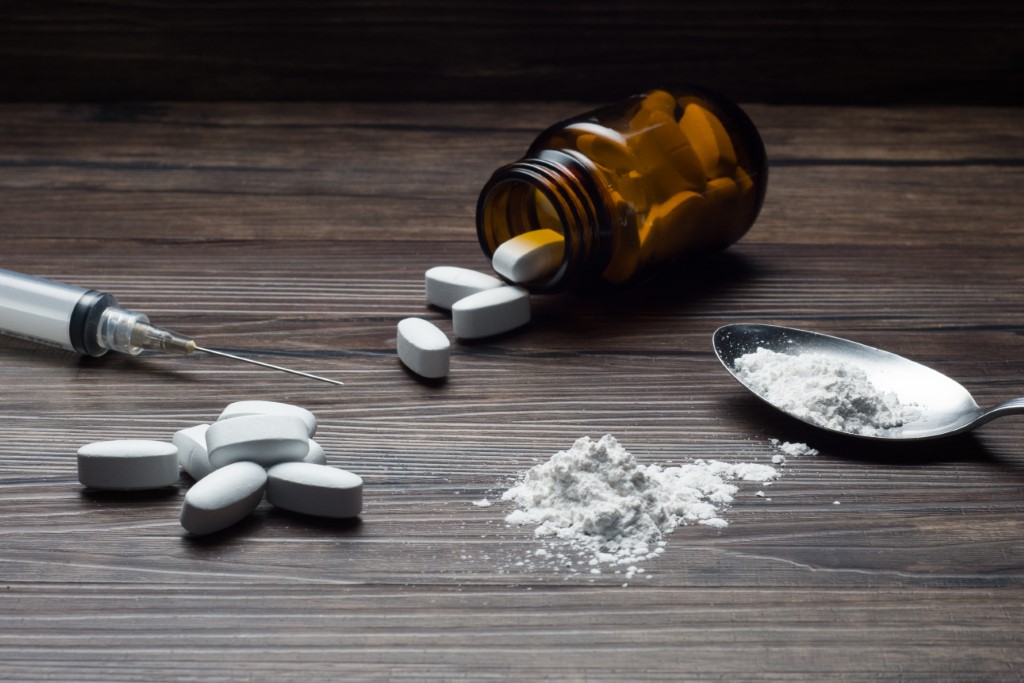We live in an age where even healing has a spotlight. Sobriety isn’t just a private journey anymore, it’s content. People document every step, from detox to “day 1000,” turning recovery into something that looks more like a brand than a process. It’s inspiring, it’s polished, and it’s profitable. But underneath the hashtags and morning routines, there’s a growing discomfort. Has healing become just another performance?
The rise of the “recovery influencer” reflects our culture’s obsession with self-improvement and public validation. We post gratitude lists, transformation selfies, and quotes about resilience, not always because we feel them, but because we know they’ll be liked. The dopamine hit that once came from substances now comes from likes and comments. In chasing approval, we risk replacing one addiction with another.
The Dopamine Swap
For most people in recovery, dopamine has always played a starring role. It’s the brain’s reward chemical, the high we once chased through substances, risk, or chaos. In sobriety, that craving doesn’t disappear. It just looks for a new outlet. Social media provides it instantly. Every notification, every view, every “you’re so inspiring” comment lights up the same pathways that drugs and alcohol once did.
It feels good at first, the validation, the community, the connection. You tell yourself you’re helping others, that your story might save someone else’s life. And maybe it does. But quietly, it starts to shift. You begin checking how many people watched your video before bed. You feel uneasy if a post doesn’t perform well. You start living for the next story, the next piece of proof that you’re still inspiring, still winning, still healed.
That’s when recovery stops being something you live and starts being something you manage for an audience. It’s no longer about healing, it’s about maintaining the image of healing.
Authenticity for Sale
There’s something strange about watching people share their most intimate moments, tears in therapy, relapses, amends, for the camera. It’s not that vulnerability is bad. In fact, it’s one of the most powerful tools in recovery. But when vulnerability becomes content, something gets lost. Authenticity becomes curated. Honesty becomes edited. The story stops being raw truth and starts being marketable pain.
We start performing emotions instead of experiencing them. You cry into a phone camera not because you need release, but because you know it’ll resonate. You share your relapse not to heal, but to control the narrative. You turn pain into engagement. And while it may help others, it can quietly detach you from your own process. Healing becomes a strategy instead of an experience.
This performance of authenticity creates pressure, pressure to always appear growing, grateful, and wise. But real recovery isn’t linear. It’s ugly, repetitive, and often quiet. It doesn’t photograph well. There’s no filter for panic attacks, no trending sound for grief.
The Hustle of Healing
The self-help industry has learned to monetise recovery. Every scroll reveals a new course, a new coach, a new “five-step system to heal your trauma.” Some recovery influencers make a living selling what they’ve learned, promising transformation to others still in pain. There’s nothing wrong with turning purpose into work, until the work becomes performance. Until every post has a call-to-action. Until healing becomes content, not connection.
This is the capitalism of recovery, your pain turned into a product. The problem isn’t that people profit from helping others; it’s that the pressure to maintain an audience often forces them to stay in character. The influencer can’t break down. They can’t show confusion or relapse or doubt because the brand depends on being the success story. It’s exhausting to live like that, constantly motivated, endlessly self-aware, never allowed to be messy.
Addiction already demanded performance, smiling through destruction, pretending you were fine. Now, in recovery, the same mask just has a different aesthetic.
The Addiction to Validation
The addiction to validation is subtle but powerful. It’s the same compulsion that drove addiction in the first place, the search for something external to fill an internal void. The likes, the followers, the applause, they create a rush, a temporary sense of meaning. But like all highs, it fades quickly, leaving anxiety in its wake. You start asking questions that sound eerily familiar, “What if I’m not good enough?” “What if people stop caring?” “What if they see who I really am?”
The recovery influencer begins to chase consistency, posting every day, documenting every milestone, repeating affirmations that sound less like truth and more like survival. It becomes another cycle, relief, validation, depletion, repeat. It’s not a relapse into substance, but it’s a relapse into addiction’s mindset, the hunger for control, the fear of invisibility, the dependence on external approval.
Real recovery demands that you sit with emptiness instead of escaping it. But when your healing is public, emptiness isn’t an option. Silence feels like failure. So you keep performing.
The Pressure to Inspire
Many people in recovery feel a sense of responsibility to share their story, to give back, to show that change is possible. That’s a beautiful thing. But social media often turns that duty into pressure. You’re expected to be a role model, a beacon of hope, a walking miracle. That expectation can suffocate you.
When you have thousands of people looking up to you, relapse feels like public humiliation. Admitting struggle feels like betrayal. You begin curating your truth to protect your image. The problem is, recovery thrives on honesty, not image. It dies in secrecy. The very thing that once kept you accountable, being open, starts trapping you.
Sometimes, the bravest thing a recovery influencer can do isn’t post more positivity. It’s to stop posting. To disappear for a while. To heal without applause. To remember that your worth isn’t measured in engagement but in presence.
When Healing Becomes Branding
We’ve created a culture that markets personal transformation like skincare. The right diet, mindset, or course promises to change your life. It’s seductive, the idea that you can package healing into neat, digestible moments. But recovery doesn’t follow a timeline. It doesn’t fit in a caption. The branding of healing creates unrealistic expectations, for both the influencer and the audience. It tells people that recovery should look a certain way, clean, empowered, aesthetically calm. It hides the fact that some days, recovery is just surviving. Some days, it’s sitting on the floor wondering who you are without chaos.
When healing becomes branding, failure becomes bad for business. But in real life, failure is part of growth. It’s not weakness, it’s truth. The problem with branding recovery is that it leaves no room for truth that isn’t inspiring.
Reclaiming Private Healing
At some point, everyone in recovery has to decide which parts of their healing belong to them and which parts belong to the world. There’s value in sharing, stories connect us, help others feel less alone. But there’s also value in silence. In privacy. In protecting the parts of your journey that are still tender. Private healing isn’t hiding, it’s honouring. It means saying, “This moment is mine.” It means not turning every struggle into a lesson. It means remembering that your recovery is sacred, not content.
True growth doesn’t need an audience. It needs honesty. It needs stillness. It needs the freedom to fall apart without commentary. When you reclaim your privacy, you reclaim your peace.
The Power of Imperfection
One of the greatest gifts you can give yourself in recovery is permission to be imperfect, publicly or privately. You don’t owe anyone a polished version of healing. You don’t have to package your pain as inspiration. The truth is, you’re not responsible for making recovery look easy or elegant. You’re responsible for living it authentically, even when that means being messy, lost, or uncertain.
The recovery influencer culture thrives on certainty, on mantras, steps, and formulas. But the truth is, there’s no single path. Healing is trial and error, progress and relapse, chaos and calm. The more we normalise imperfection, the more honest recovery becomes. People need to see that healing isn’t glamorous, it’s gritty. And it’s real.
When you stop performing and start being, you make space for others to do the same.
Healing Without the Hashtag
Recovery doesn’t need to be witnessed to be real. It doesn’t need proof, filters, or followers. It happens quietly, in the small, ordinary moments that never make it online, the first time you wake up without dread, the day you apologise without defensiveness, the night you go to bed without numbing out. That’s where healing lives. Not on a timeline, not in a caption, but in those private shifts no one sees.
The next time you feel pressure to perform your healing, remember this, the most powerful part of recovery is the part no one claps for. It’s the slow rebuilding of self-respect. The forgiveness. The peace that doesn’t need to be announced.
You don’t have to be the face of recovery to be part of it. Sometimes, the most radical act of healing is doing it quietly, without the audience, without the applause, and without the need to prove anything.




